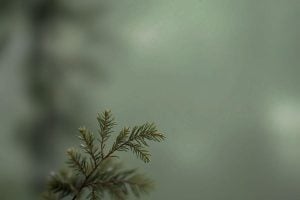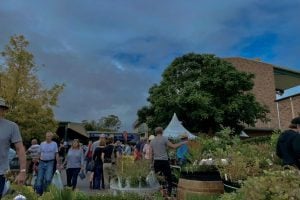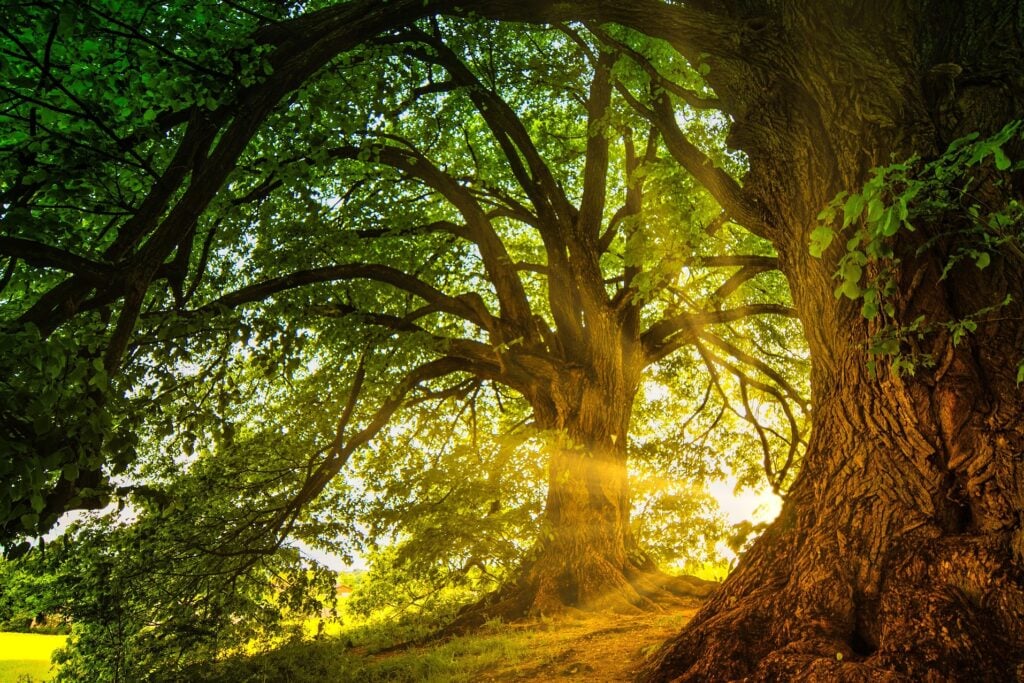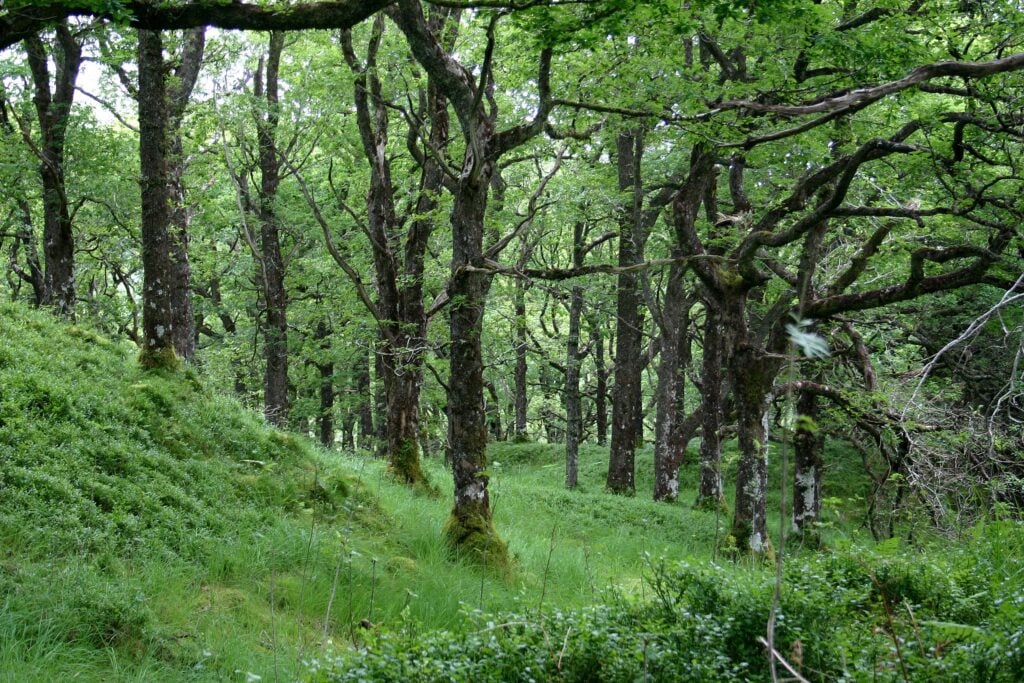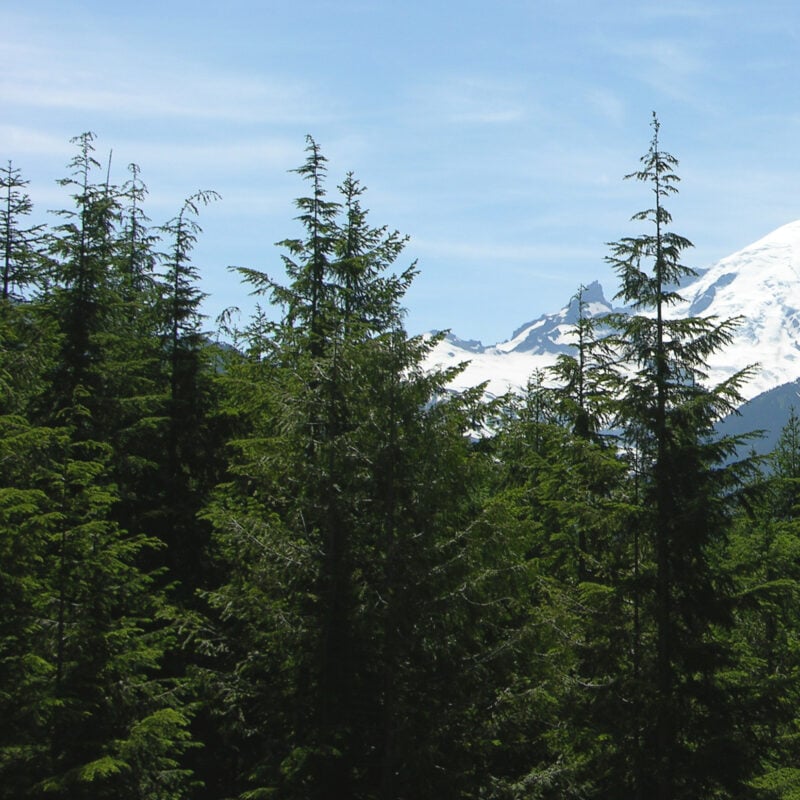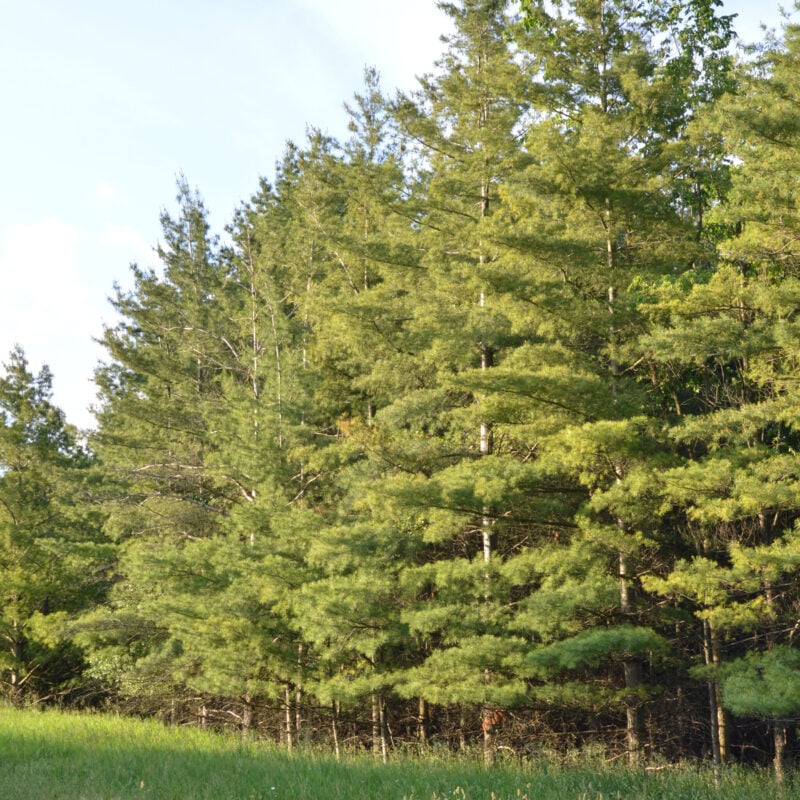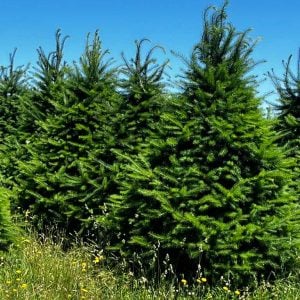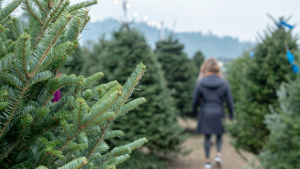#Shop Latest Items
Be the first to bring home the latest additions to our exquisite plants collection.
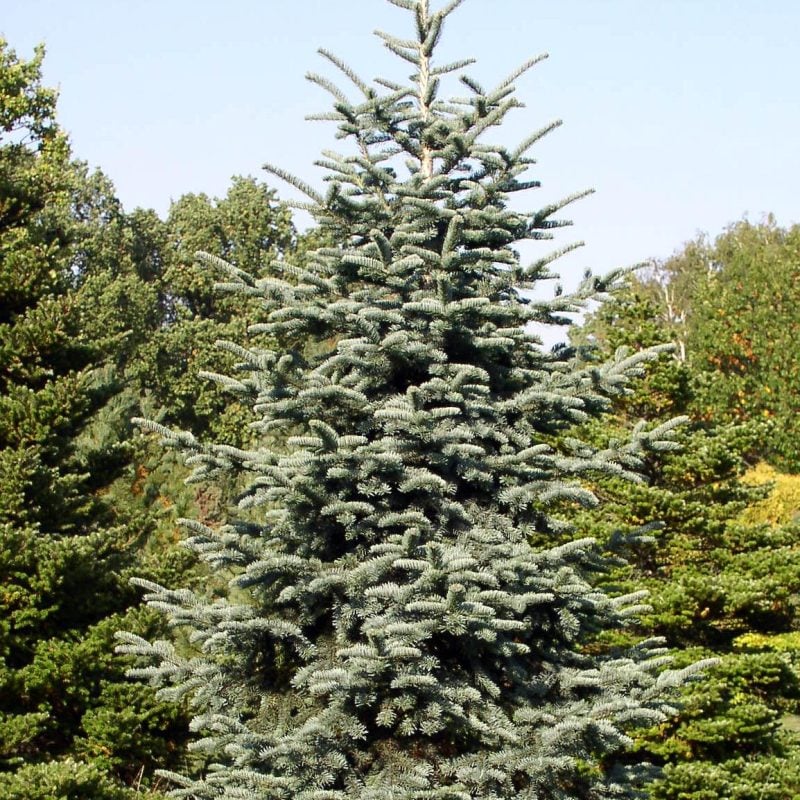
Noble Fir Potted Christmas Tree
$129.00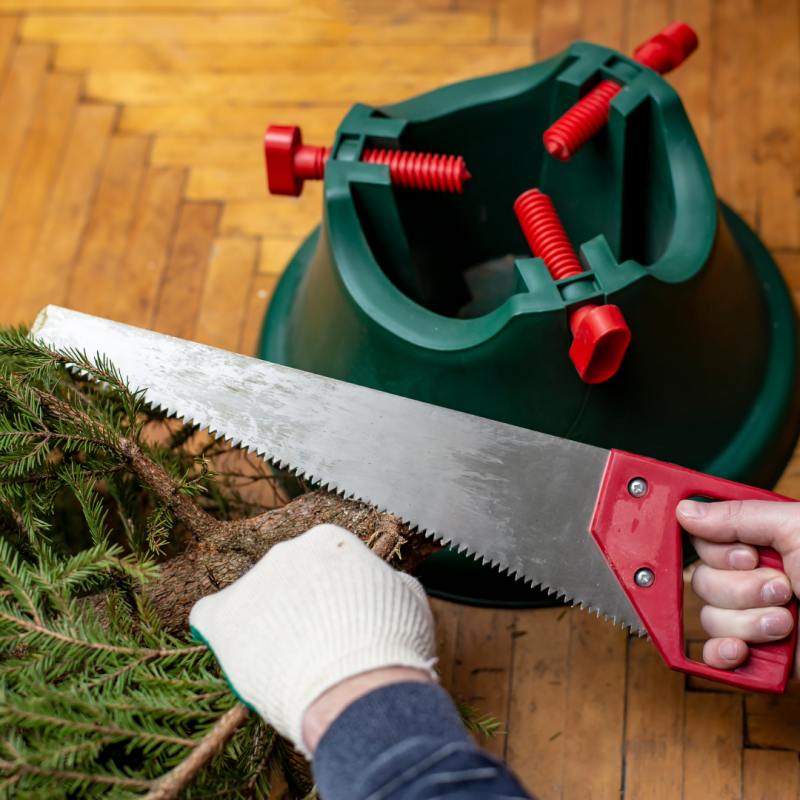
Christmas Tree Setup Service
$40.00 – $70.00Price range: $40.00 through $70.00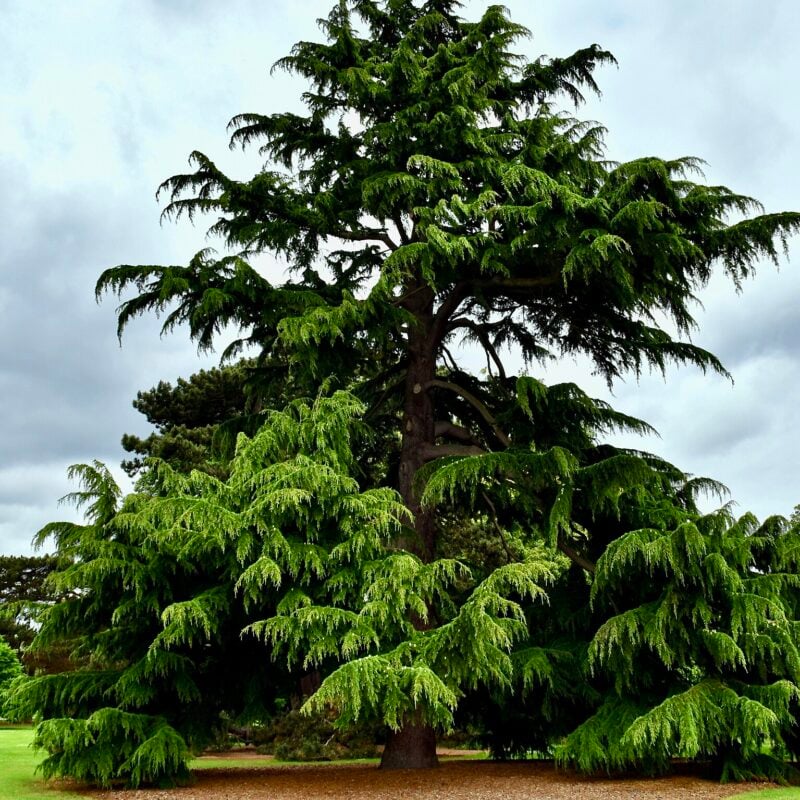
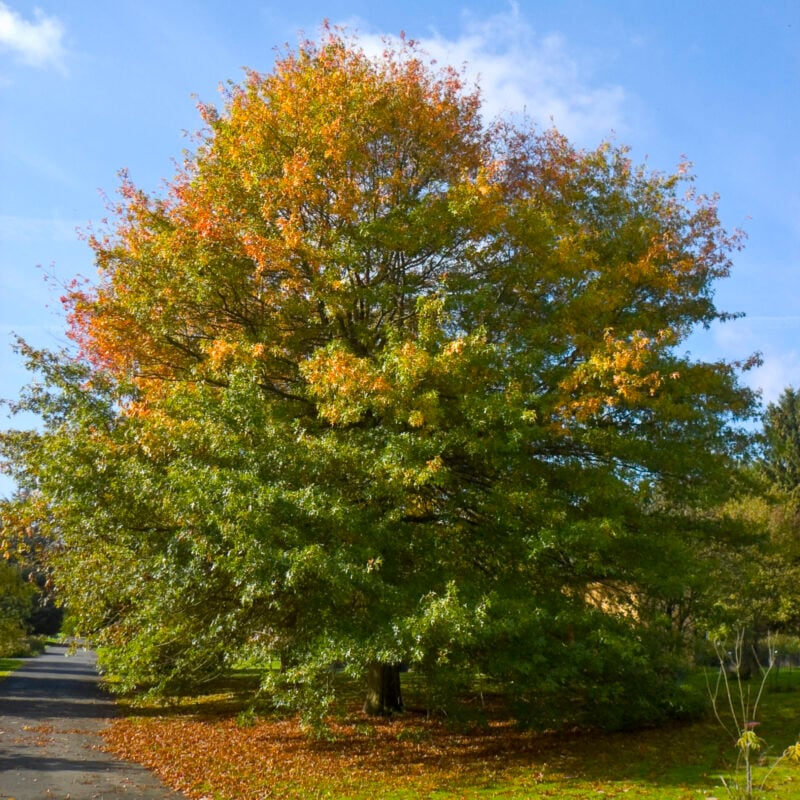
Pin Oak (Quercus palustris)
$34.95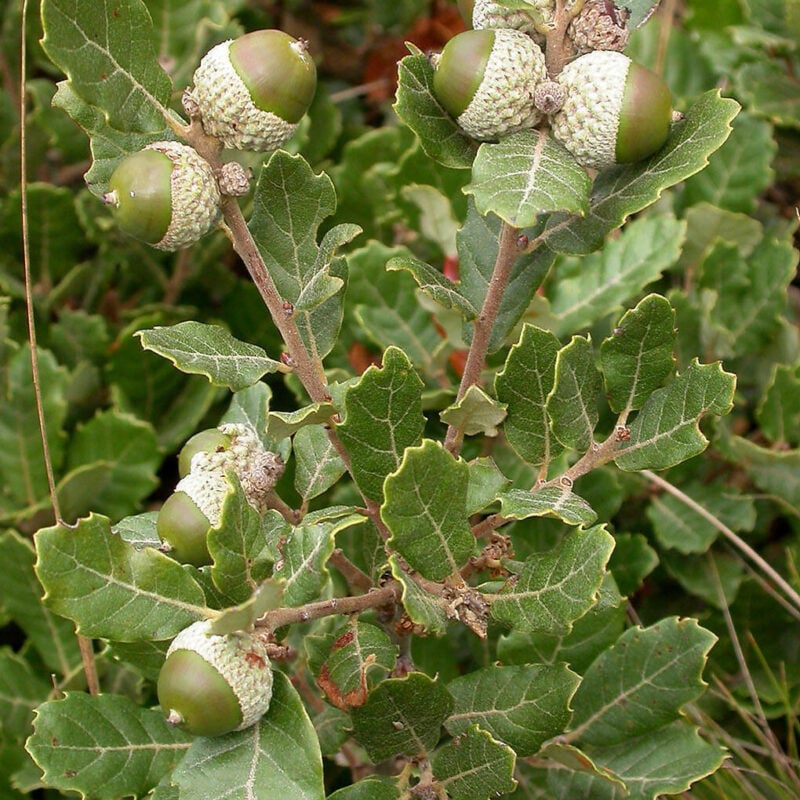
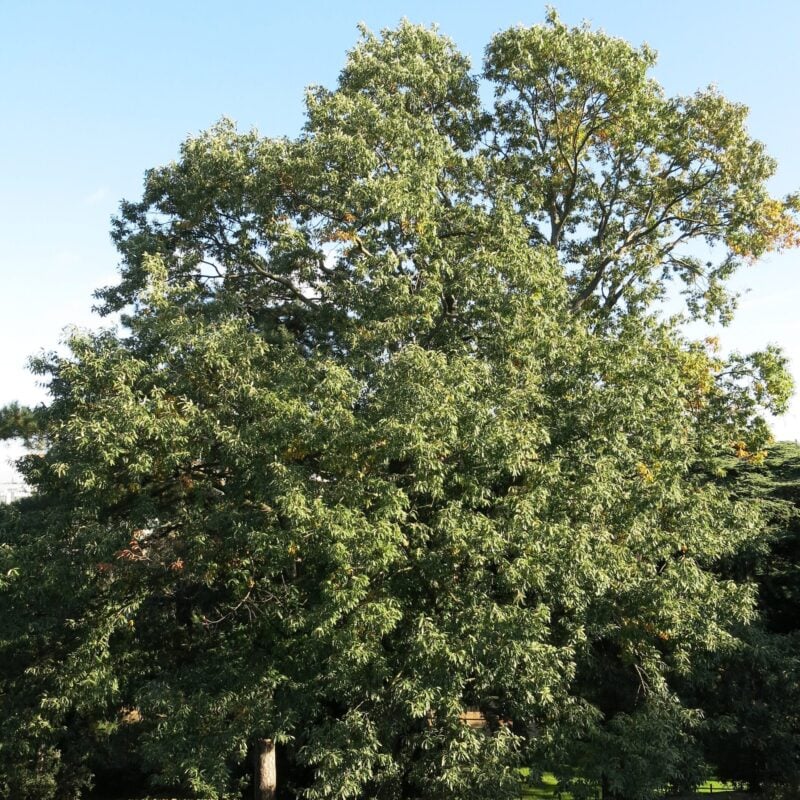
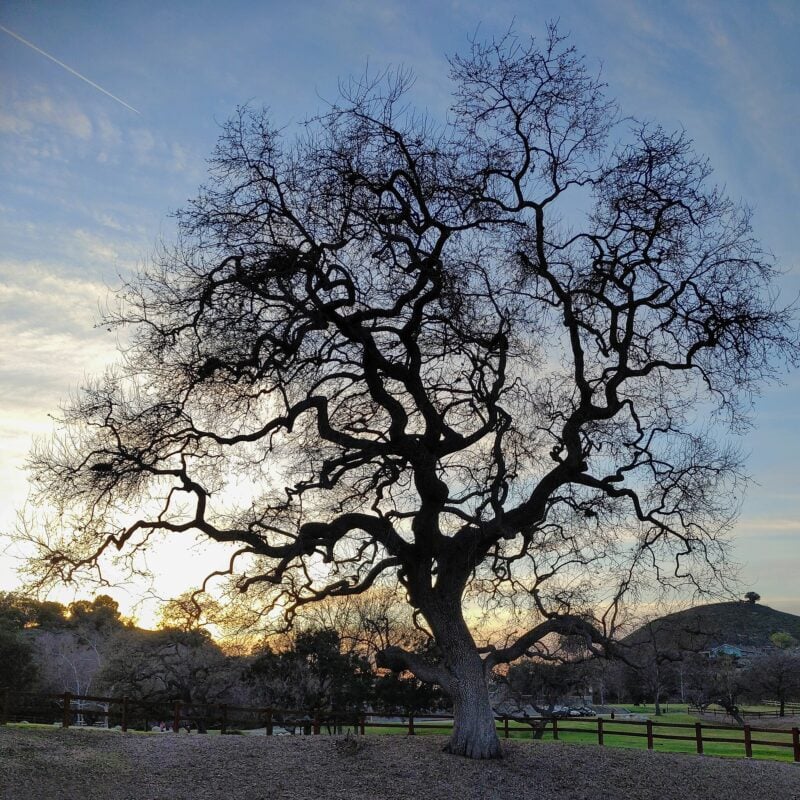
Valley Oak (Quercus lobata)
$34.95#Discover Plants
Discover our extensive catalogue of plants and seeds. Whether you're a seasoned gardener or just starting, Sequoia Valley Farms is your exclusive online one-stop destination for all things botanical. Discover now using search forms or browse them by category below.
#New Arrivals
Be the first to bring home the latest additions to our exquisite plant collection.


Pin Oak (Quercus palustris)
$34.95


Valley Oak (Quercus lobata)
$34.95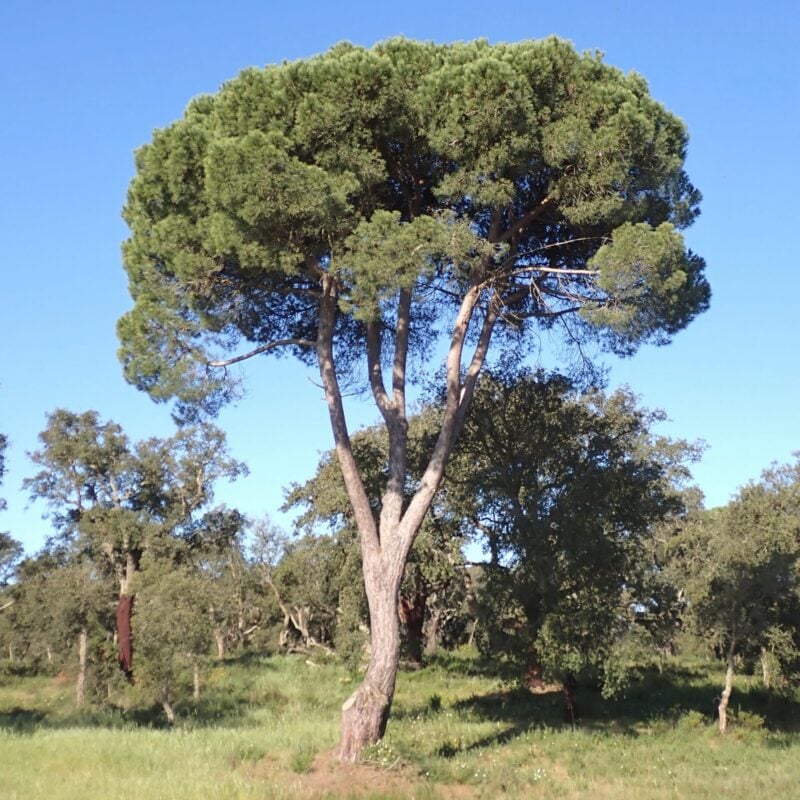
Stone Pine (Pinus pinea)
$24.95 – $34.95Price range: $24.95 through $34.95#Christmas With Sequoia
Celebrate the season with premium Christmas trees. Handpicked from our growers and brought home to you

Douglas Fir Potted Christmas Tree
$115.00 – $199.00Price range: $115.00 through $199.00
Monterey Pine Potted Christmas Tree
$59.95 – $129.00Price range: $59.95 through $129.00
Christmas Tree Setup Service
$40.00 – $70.00Price range: $40.00 through $70.00
Noble Fir Potted Christmas Tree
$129.00
Norfolk Island Pine (Araucaria heterophylla)
$34.95 – $49.95Price range: $34.95 through $49.95
Nordmann Fir Potted Christmas Tree
$129.00 – $229.00Price range: $129.00 through $229.00
Blue Spruce Potted Christmas Tree
$115.00 – $219.00Price range: $115.00 through $219.00
Norway Spruce Potted Christmas Tree
$115.00 – $219.00Price range: $115.00 through $219.00
Real Christmas Tree: Douglas Fir
$159.00 – $419.00Price range: $159.00 through $419.00#Best Selling Native Plants
Discover our exquisite selection of native plants, carefully chosen for their beauty and adaptability.

Huon Pine (Lagarostrobos franklinii)
$39.95 – $89.95Price range: $39.95 through $89.95
Myrtle Beech (Nothofagus cunninghamii)
$39.95 – $54.95Price range: $39.95 through $54.95
Black Cypress Pine (Callitris endlicheri)
$34.95 – $54.95Price range: $34.95 through $54.95
Celery-top Pine (Phyllocladus aspleniifolius)
$39.95 – $59.95Price range: $39.95 through $59.95
South Esk Pine (Callitris oblonga)
$19.95 – $45.95Price range: $19.95 through $45.95
Australian Red Cedar (Toona ciliata)
$34.95 – $45.95Price range: $34.95 through $45.95
Mount Spurgeon Black Pine (Prumnopitys ladei)
$39.95 – $59.95Price range: $39.95 through $59.95


Bunya Pine (Araucaria bidwillii)
$34.95 – $49.95Price range: $34.95 through $49.95#Our Happy Customers
I recently purchased the Smooth-barked Apple plant from the Sequoia Valley Team as a gift, and I couldn't be happier with my experience! They went above and beyond to help me find the specific plant I was looking for, even tracking down a larger version from their network. Not only did they ensure that the plant arrived on time, but the quality and condition of the plant exceeded my expectations. If you're a gardener searching for top-notch plants and outstanding customer service, I highly recommend checking out Sequoia Valley Team
The Coastal Redwoods from Sequoia Valley Farms are phenomenal! The team helped me find and deliver advanced redwoods for my arboretum project. The delivery team were excellent, and the quality of the trees was outstanding. I couldn't be happier with my new plants! I highly recommend them for your project, and they were efficient and great communicators throughout the entire process.
I recently purchased a Giant Redwood from Sequoia Valley Farms, and it was a breeze! The team helped me with everything, from sourcing the tree to handling the biosecurity requirements. Within a week, my beautiful plant was delivered right to my doorstep in Hobart. Highly recommended for gardeners looking for a hassle-free experience!
I reached out to the Sequoia Team for assistance in acquiring 700 Redwood trees for my forestry endeavour. The team efficiently sourced and delivered the trees after a nine-month growth period. The entire process, from ordering to delivery, was cost-effective and hassle-free. The team's communication was exceptional throughout. The Coastal Redwoods are thriving and are growing very well. I look forward to passing this on to my children in the future!
NEWS & EVENTS

HEY YOU, SIGN UP AND CONNECT TO SEQUOIA!
Stay up-to-date with our latest products, news, events, and promotions by subscribing to our mailing list. Don't forget to connect with us on your favorite social media platforms for even more updates!
Will be used in accordance with our Privacy Policy


